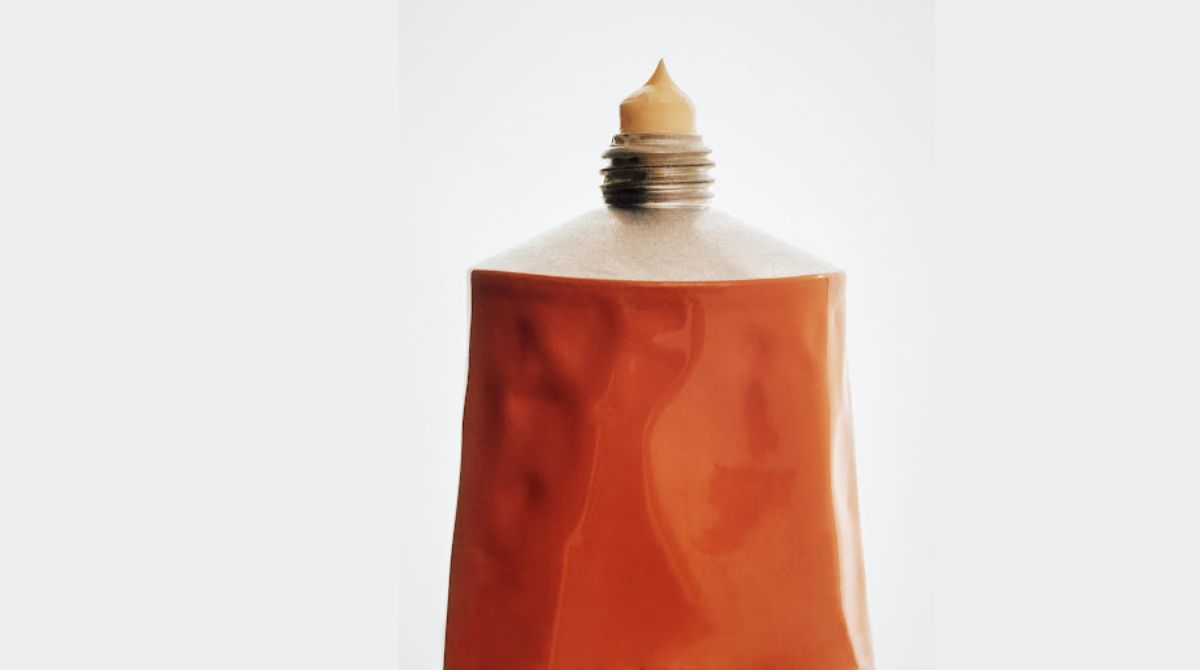As the current global recession continues to impact the economy, media inflation is expected to increase globally in 2023. ECI Media Management forecasts that North America will see the highest growth at 6.2%, followed by EMEA (5.9%), LATAM (5.8%) and APAC (3.6%).
This, in turn, will slow down the rapid development of brand advertising spending. According to Axios, the decline will reach 5.9% this year, compared to 6.4% in June 2022.
In the face of shrinking budgets, companies will struggle to reach their target audiences. On the one hand, companies need to be flexible and adapt to new technologies. On the other, they need to be aware of economic headwinds and make sure their strategies adapt to the current environment.
Therefore, now more than ever, it’s important to make advertising smarter by using channels and techniques that help you maximize your ROI while managing costs. Here are three ways to help you better navigate the media landscape during a recession and spend your advertising budget in a way that maximizes your return.
A total video plan is 22% more effective than linear TV alone
Audience-first, channel-agnostic planning
Marketing during a recession is challenging. Consumers limit their spending and become more selective–both with the products they buy and the channels they interact with.
Inflation-induced growth in advertising costs on certain channels, with television in the lead, makes this even harder. So to effectively reach your audience, it’s crucial to adopt an audience-focused marketing approach rather than a channel-focused one.
Understanding the needs, preferences, and pain points of your target audience is important here. Proper research will help you gain insights into where your audience is spending time and what messages will appeal to them. This approach will help you pivot channels based on the consumer and market context.
An additional benefit of audience-oriented marketing is the focus on values. This is particularly essential in times of recession, as you will give customers the reasons why your products are worth investing in.
And if you’re thinking about how to reach your potential audience, in the context of rising TV costs, investing in video is still probably your best bet. And with a total video plan being 22% more effective than linear TV alone and new platforms, like TikTok, disrupting the video landscape, you need to take a holistic approach.
It’s important for brands to use integrated cross-platform video strategies that can work together to drive incremental reach. By using deterministic data to deduplicate audiences, you can manage ads across different video platforms and thus provide additional reach to your campaigns and help mitigate the impact of linear TV inflation.
Automate and accelerate campaigns
A stark reality of adland is that aside from the CPM and CPC costs of digital advertising, a bulk of the money is spent on time-consuming campaign setup and management. In other words, you pay agencies mostly for admin, not for the creative expertise you expected.
This is particularly true with traditional agencies, whose models aren’t built to produce platform-specific digital ads at a scale that is needed to operate effectively in the new landscape.
More than ever, brands need to work with teams that consider creative and media placement at the same time, to ensure your ads work as hard as possible. As a digital native agency with creative automation expertise fuelled by proprietary marketing and technology tools to automate and optimise ad production and delivery, DEPT® can and has assisted numerous brands to increase performance and revenue by automating processes.
Our bespoke automation technology helps eBay keep up with the ever-changing retail marketplace landscape. We engage customers at rapid speeds on-site, through CRM and social channels, ensuring they can reach us 24/7 and in seven different languages.
Eve Williams, Chief Marketing Officer at eBay, says: “The experience DEPT® has in understanding the full end-to-end customer journey has helped us to automate and personalize a wide range of campaigns. Their technical understanding and content expertise enabled us to automate processes and seamlessly create content at the same time.”
Balancing creative effectiveness and media efficiency
The boundaries between these two concepts are quite fuzzy and often confused. Effectiveness is usually measured by brand growth, while efficiency is measured by the cost per point of that growth (price, cost per click, etc.).
Adjusting everything only to the latter indicator often leads to a slowdown in brand growth. The same goes for focusing only on creative effectiveness – even the highest-quality ad creatives do not guarantee success.
Balance is something that is never easy but seems to be the only solution.
Start by defining the main goals of your campaign. Understanding what you want to achieve – increasing brand awareness, driving new sales, or driving retention – will greatly help you align both factors with each other and find the optimal balance.
Then gain data and insight into the best-performing channels and creatives for your audience within those placements. By analyzing it, you can optimise your media spend and increase the effectiveness of your advertising.
Don’t forget about continuous testing and collaboration as well. Constant strategy improvement and regular collaboration between your creative and media teams will give you control over maintaining such a delicate balance between effectiveness and efficiency.
Navigating the media landscape during a recession is no easy task. However, every crisis brings new opportunities.
To survive and thrive, companies must be strategic and proactive. By focusing on cost-effectiveness, investing in content that resonates, and building customer relationships, brands can ensure long-term success even in tough times.





